The Evolution of Graphics in the Final Fantasy Series
Sep-28-2024
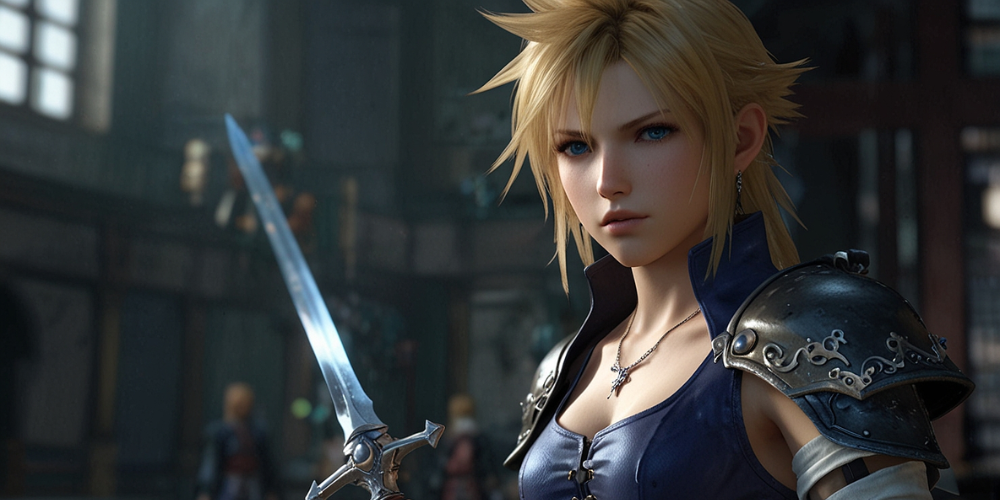
As I reflect on the journey of the Final Fantasy series, it's incredible to see how graphics have evolved from simple pixel art to stunning 3D worlds. The original Final Fantasy, released in 1987 for the NES, was defined by its 8-bit graphics. I remember booting up that game and being captivated by blocky characters and backgrounds, which, despite their limitations, set the foundation for epic storytelling and memorable characters.
The Transition to 16-Bit Glory
The leap to the SNES with Final Fantasy IV and VI marked a significant turnaround in graphical capabilities. I still get a sense of nostalgia when I recall the beautiful 16-bit sprites. Characters were more expressive, and the colorful world of Final Fantasy VI drew me in. The intricate details of towns, dungeons, and character animations were breathtaking for their time, allowing me to forge deeper connections with both the heroes and the villainous foes I encountered.
3D Graphics: The Next Frontier
When Final Fantasy VII was released for the PlayStation in 1997, it transformed everything I knew about video game graphics. The shift from 2D sprites to 3D rendered characters was revolutionary. Seeing Cloud Strife and his friends rendered with polygons made the adventures feel more immersive. I had never experienced a game that combined cinematic storytelling with real-time battles in such a rich world.
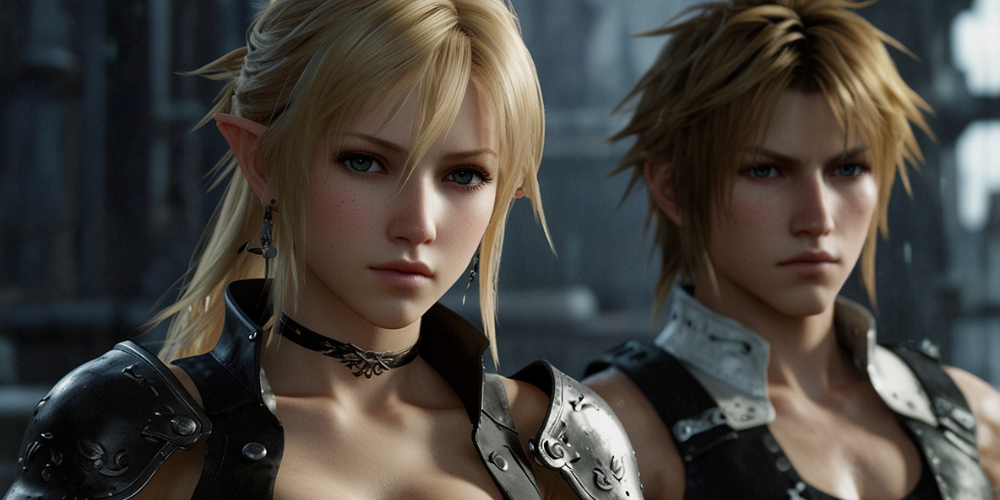
The Rise of Pre-rendered Backgrounds
Final Fantasy IX came in 2000, and even though it primarily utilized 3D character models, the pre-rendered backgrounds left an everlasting impression on me. Each location felt meticulously crafted and imbued with charm. The visual contrast between the vibrant characters and detailed background settings created an atmosphere that was truly enchanting. I found myself wandering just to admire the art.
The Advent of High-Definition Graphics
As time progressed, the graphics in the series only got better. Final Fantasy XII was another remarkable step forward that showcased vast immersive environments. I was taken aback by the open-world design filled with lush, expansive landscapes and intricate towns. The character models became even more lifelike, and the attention to detail in both environments and animations truly highlighted the evolution in design philosophy.
Character Models and Realism
With Final Fantasy XV, I saw a leap in character realism and emotional depth. The developers pushed the limits of graphics with highly detailed models and expressive facial animations. No longer were characters merely representations; they felt real and relatable. The world of Eos was stunning, with natural environments and dynamic weather systems that added layers of beauty to the overall experience.
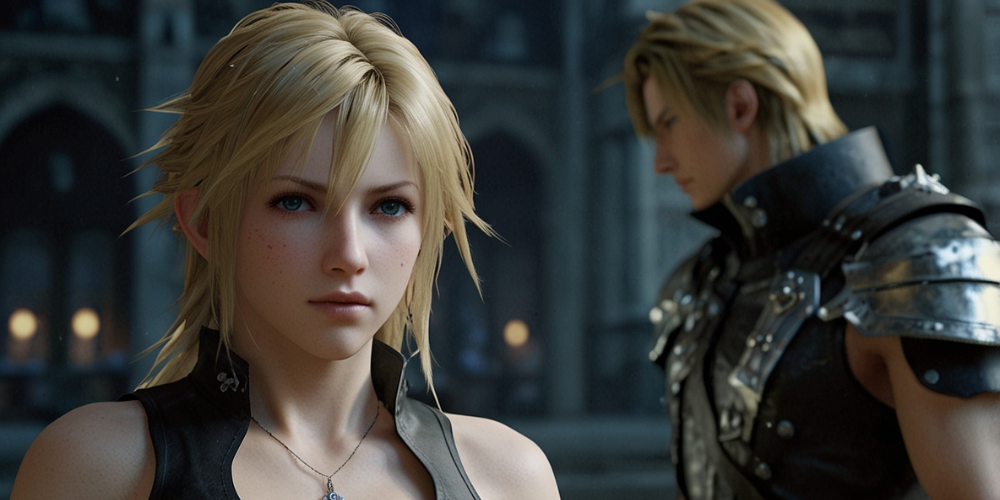
The Role of Technology in Graphic Evolution
It's intriguing to observe the significant impact that technological advancements have had on this progression. From the early use of sprites and fixed backgrounds to real-time rendering and expansive open worlds, each step was a testament to the developers’ commitment to pushing boundaries. My favorite example would be the use of lighting techniques, which transformed scenes dramatically, creating emotional impacts through the atmosphere.
Art Style: A Matter of Identity
Throughout the series, the art style has shifted, and I appreciate how each installment reflects its unique theme and tone. The distinctive character designs by renowned artists like Yoshitaka Amano and, more recently, Tetsuya Nomura have shaped the identity of the characters and established a recognizable visual language for the franchise. I found that these designs gave each character a personal flair that enhanced the narrative experience.
The Musical Symphony of Graphics
The graphics in Final Fantasy games have often been complemented by unforgettable musical scores. My experiences have been enriched by how the combination of stunning visuals and powerful soundtracks blended to create atmospheric moments within the game. Whether it was the heart-wrenching themes in Final Fantasy VII or the adventurous undertones of Final Fantasy IX, the music deepened my emotional investment in the evolving graphical worlds.
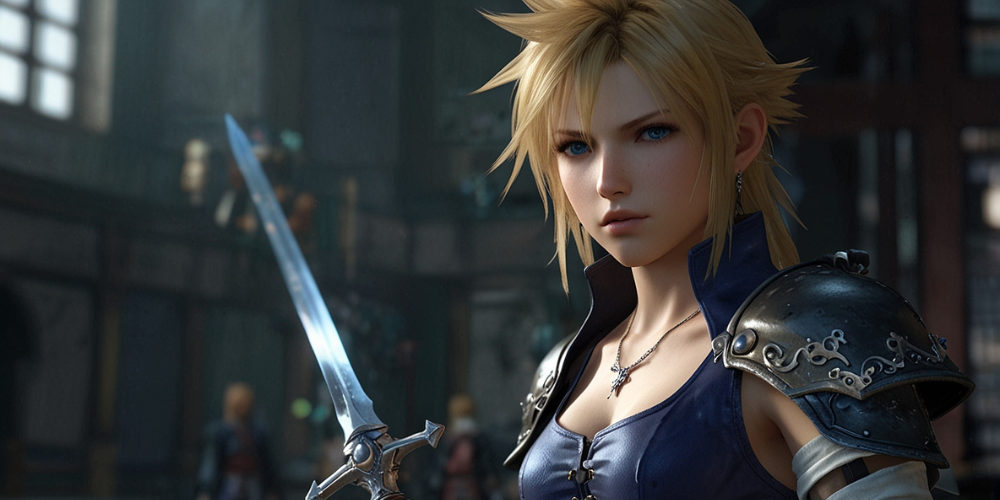
Iconic Summons and Their Visual Representation
One of the aspects I always admired was how iconic summons evolved graphically. From simple spell animations in early versions to magnificent cinematic sequences in more recent games, each summon became an event. The sheer spectacle of seeing a majestic creature appear, complete with stunning effects, made battles memorable. I often found myself looking forward to the moment when I could unleash these powerful beings.
Memorable Boss Fights and Visual Impressions
The evolution of graphics has also heightened the experience of boss fights. In games like Final Fantasy XIV, the encounters with colossal foes are breathtaking, with vast arenas that showcase intricate design work. Each battle becomes a visually striking event filled with vibrant colors and animations that evoke a sense of awe. These moments linger in my memory, reminding me of the sheer scale and visual prowess of the series.
Online Play and Social Features
Final Fantasy XIV was the franchise's first foray into the world of massively multiplayer online gaming. The graphics in this game are a testament to how expansive and richly detailed an online environment can be. I remember my first time entering the bustling city of Ul'dah, with players from across the globe gathered, each character uniquely designed. The social aspect amplified by the stunning visuals made for a thriving community experience.
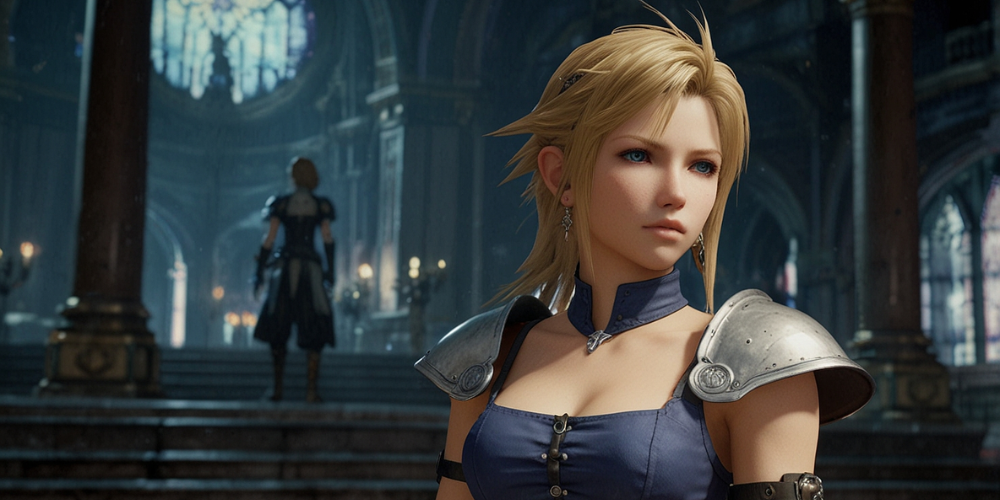
Cross-Platform Evolution
With the rise of mobile gaming, I have experienced many classic Final Fantasy titles reimagined with updated graphics. These remakes, such as Final Fantasy VI and others, managed to hold onto the nostalgic feel of the originals while introducing new graphical styles suitable for modern devices. The blend of nostalgia with fresh visuals allows new players to appreciate the series' legacy.
Future Aspirations in Graphics
Looking ahead, I can only imagine how graphics will continue to evolve in the Final Fantasy series. With breakthroughs in technology such as virtual reality and advanced ray tracing, we may witness an even deeper immersion into the narratives that have enchanted us for decades. The potential for innovation excites me, and it leads me to ponder the limitless creativity of the development teams behind this beloved franchise.
Community Appreciation for Graphics
Throughout the series, I've noticed a strong appreciation from the community for the aesthetic development. Fan art, cosplay, and discussions frequently highlight how graphics evoke emotion and what they mean to their audiences. I am inspired by the way fans honor the creativity that brings characters and universes to existence. Seeing how these visuals connect fans from different backgrounds strengthens my love for the series.
Collective Memory of Visual Experiences
As I reminisce about my experiences with the Final Fantasy series, I'm struck by how graphics have shaped not only the approach to gameplay but my memories as well. The visuals have become rich tapestries woven with personal milestones and communal experiences, from memorable battles to breathtaking landscapes. Each installment adds another layer to this vast and beautiful world.







